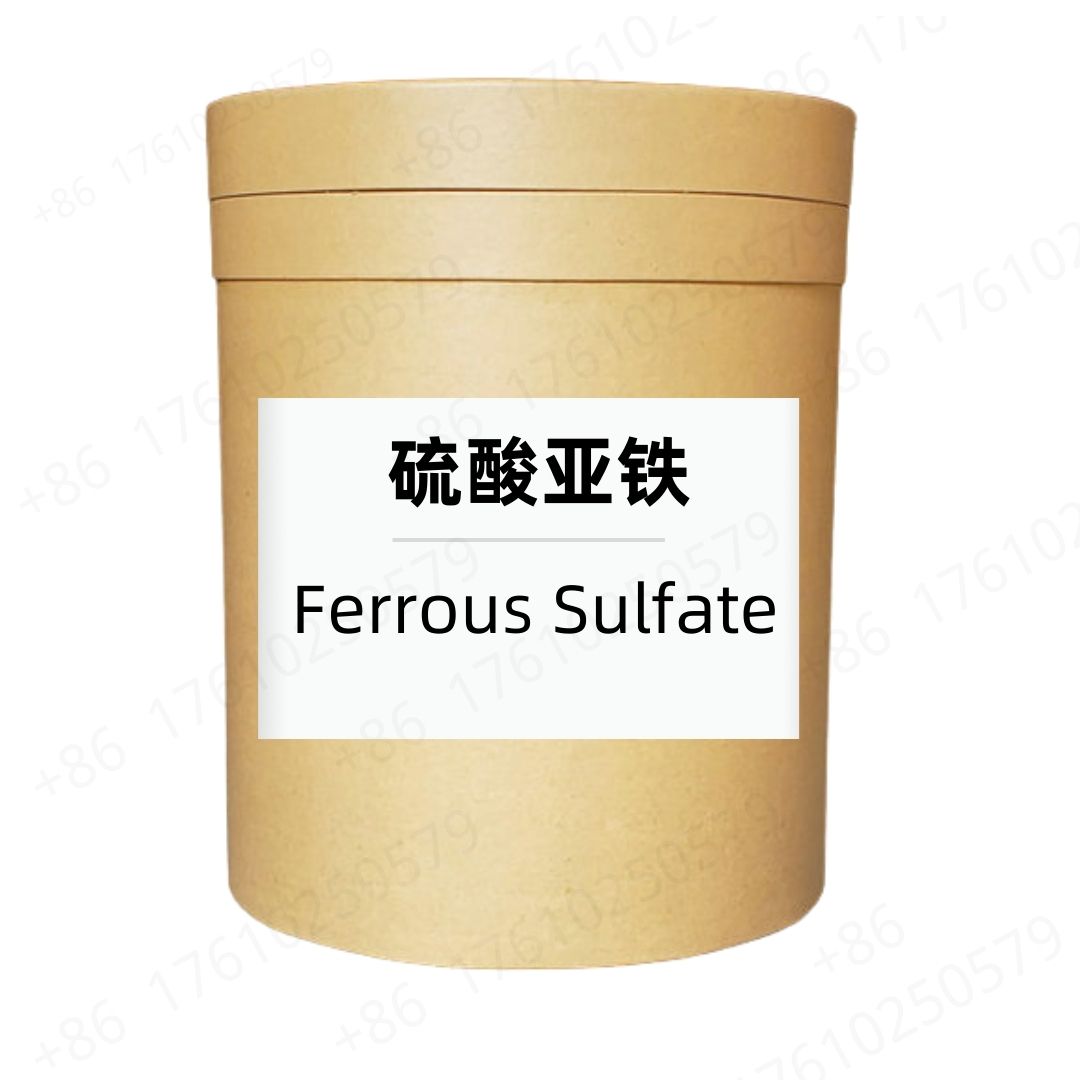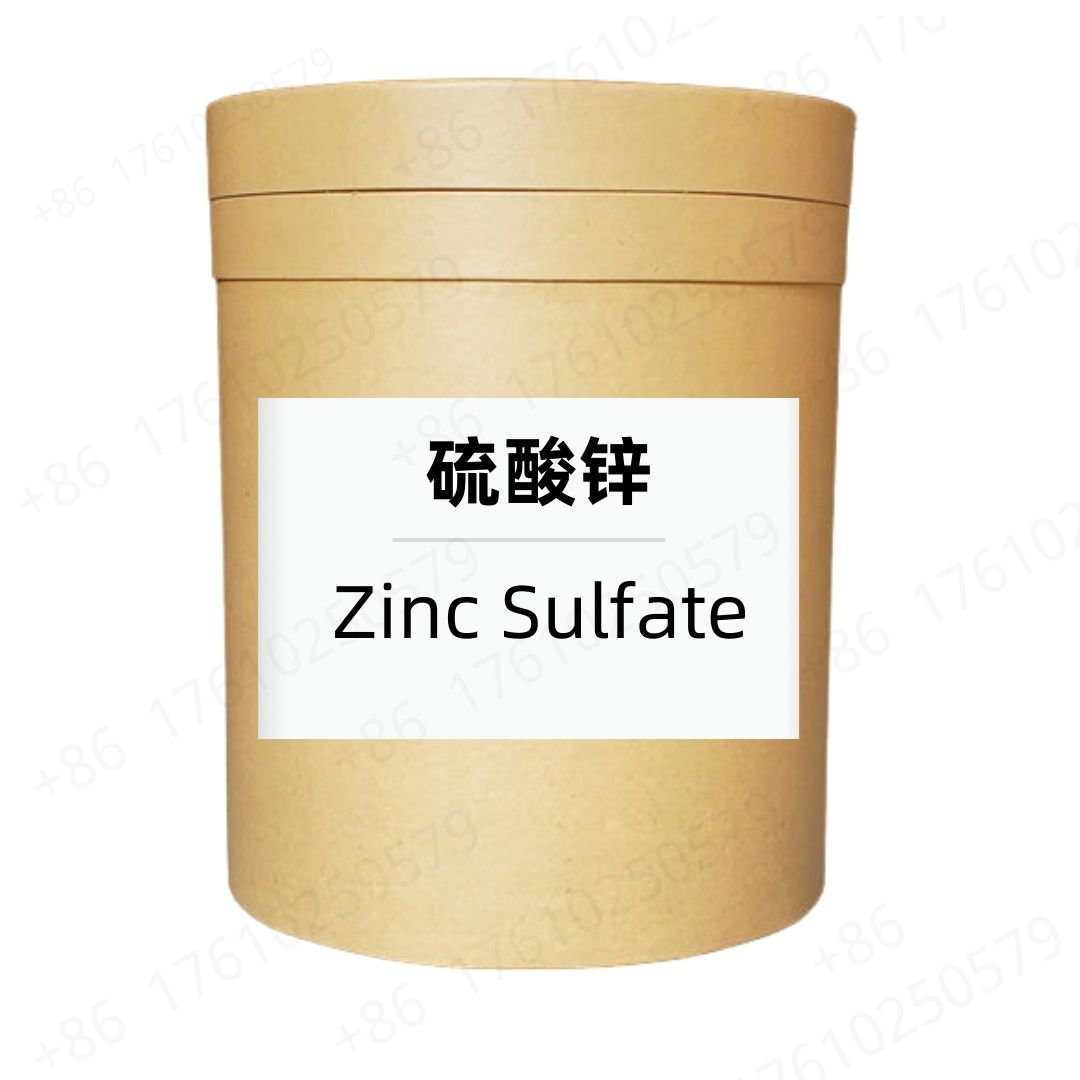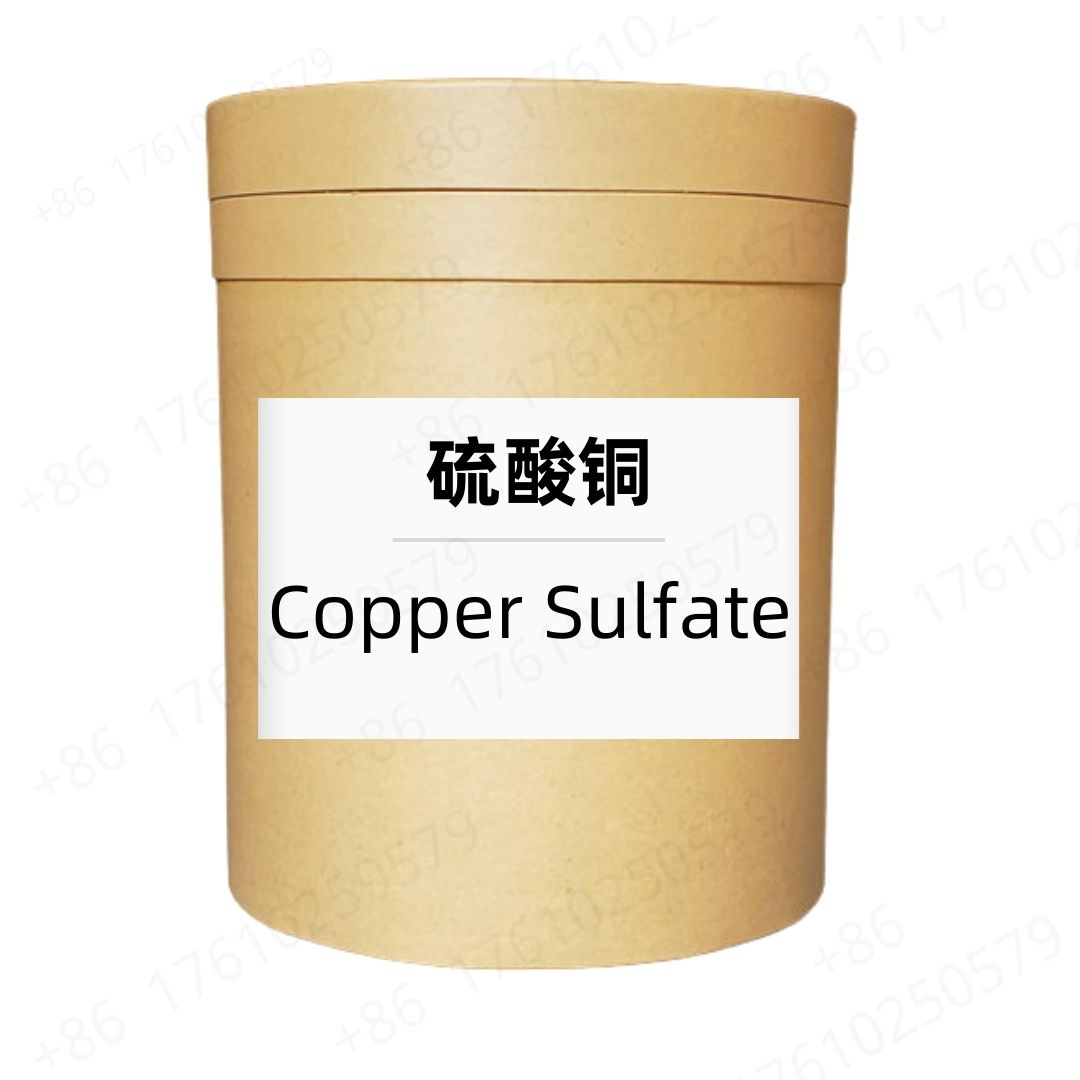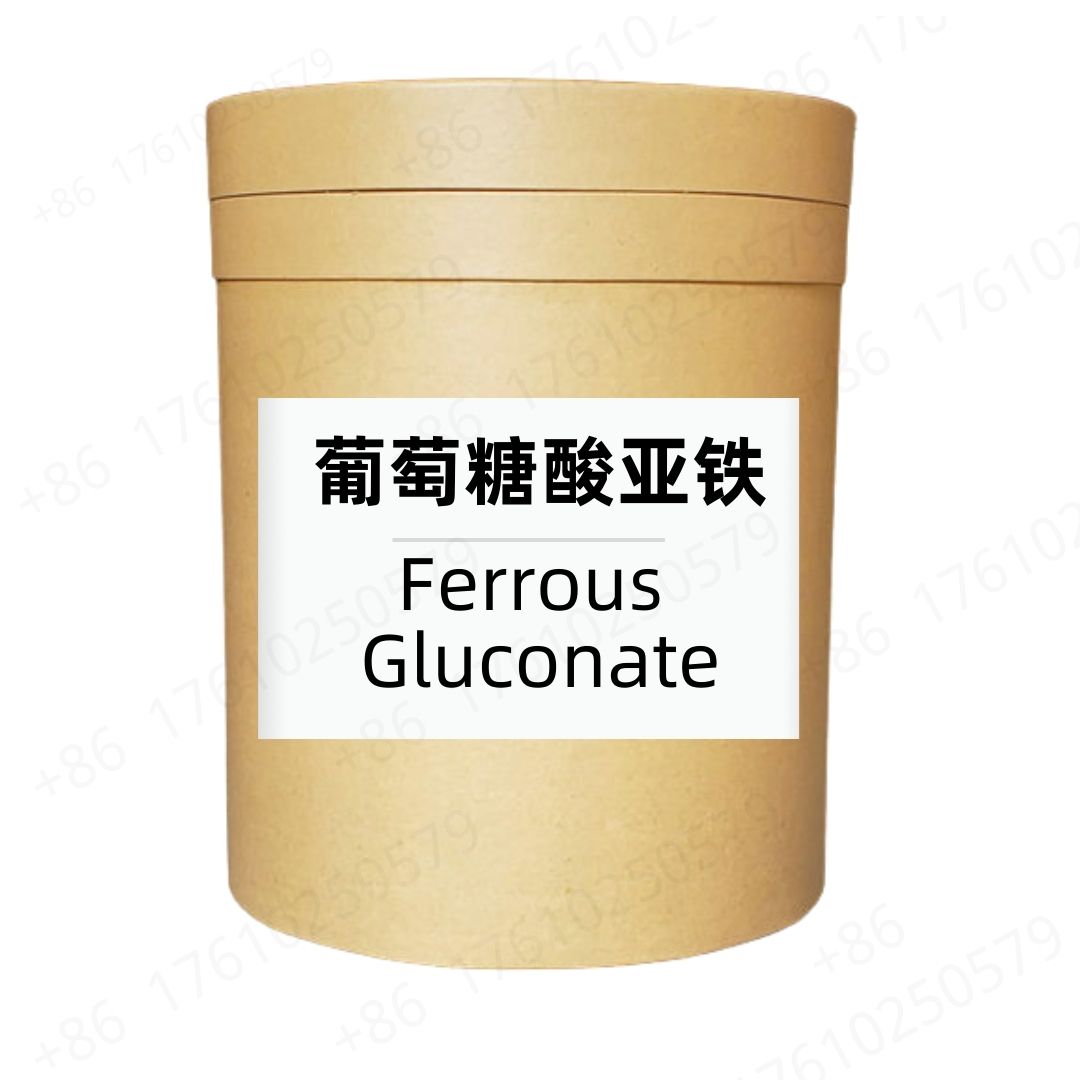Product Introduction
Zinc acetate is a chemical compound that contains zinc and acetic acid. It appears as a white to off-white powder or granule, which is soluble in water and has a moderately sweet taste. This compound is often utilized for its versatile properties in various industries, including pharmaceuticals and food grade applications. Zinc acetate serves as a source of zinc, which is an essential trace element necessary for numerous biological functions. Additionally, it provides effective buffering capabilities, making it useful in specific formulations.
Production Process
Zinc acetate is commonly produced through the reaction of zinc oxide or zinc carbonate with acetic acid. This process typically involves dissolving the zinc compound in an acetic acid solution at elevated temperatures. After the reaction is complete, the resulting zinc acetate is crystallized, followed by drying and milling to achieve the desired mesh size or granule consistency. Quality control measures are often implemented during production to ensure that the final product meets specified purity levels.
Product Functions and Effects
Zinc acetate plays a crucial role in various physiological functions within the body, such as immune system support, protein synthesis, and wound healing. It acts as an effective supplement for addressing zinc deficiencies, promoting overall health. In addition, its buffering properties make it suitable for stabilizing pH levels in certain formulations. Moreover, zinc acetate has antimicrobial properties, which can be beneficial in specific applications.
Product Application Scenarios
Zinc acetate is extensively used in the pharmaceutical industry as a dietary supplement and in formulations for treating specific health conditions. It is also employed in the food industry as a food additive to fortify products with essential trace minerals. In agriculture, zinc acetate can be used as a micronutrient supplement for crops, enhancing plant growth and development. Furthermore, it is utilized in cosmetic products for its skin-soothing and anti-inflammatory properties.
Packaging and Storage
Storage Conditions: Store in a sealed, light-proof container, away from high temperatures, in a dry, cool, and well-ventilated place.
Packaging: Bulk: 25kg/fiber drum; Sample: 1kg/aluminum foil bag; Custom packaging available upon request.
Shipping Methods: FedEx, DHL, dedicated logistics, and sea freight consolidation.
Shelf Life: Two years.
Monica Sun possesses extensive technical expertise and market insights in the food additives industry. She excels in designing efficient and safe additive formulations tailored to various food applications, ranging from sweeteners to functional dietary fibers. Monica has successfully assisted food manufacturers in optimizing ingredient combinations to enhance product quality and improve consumer satisfaction.















